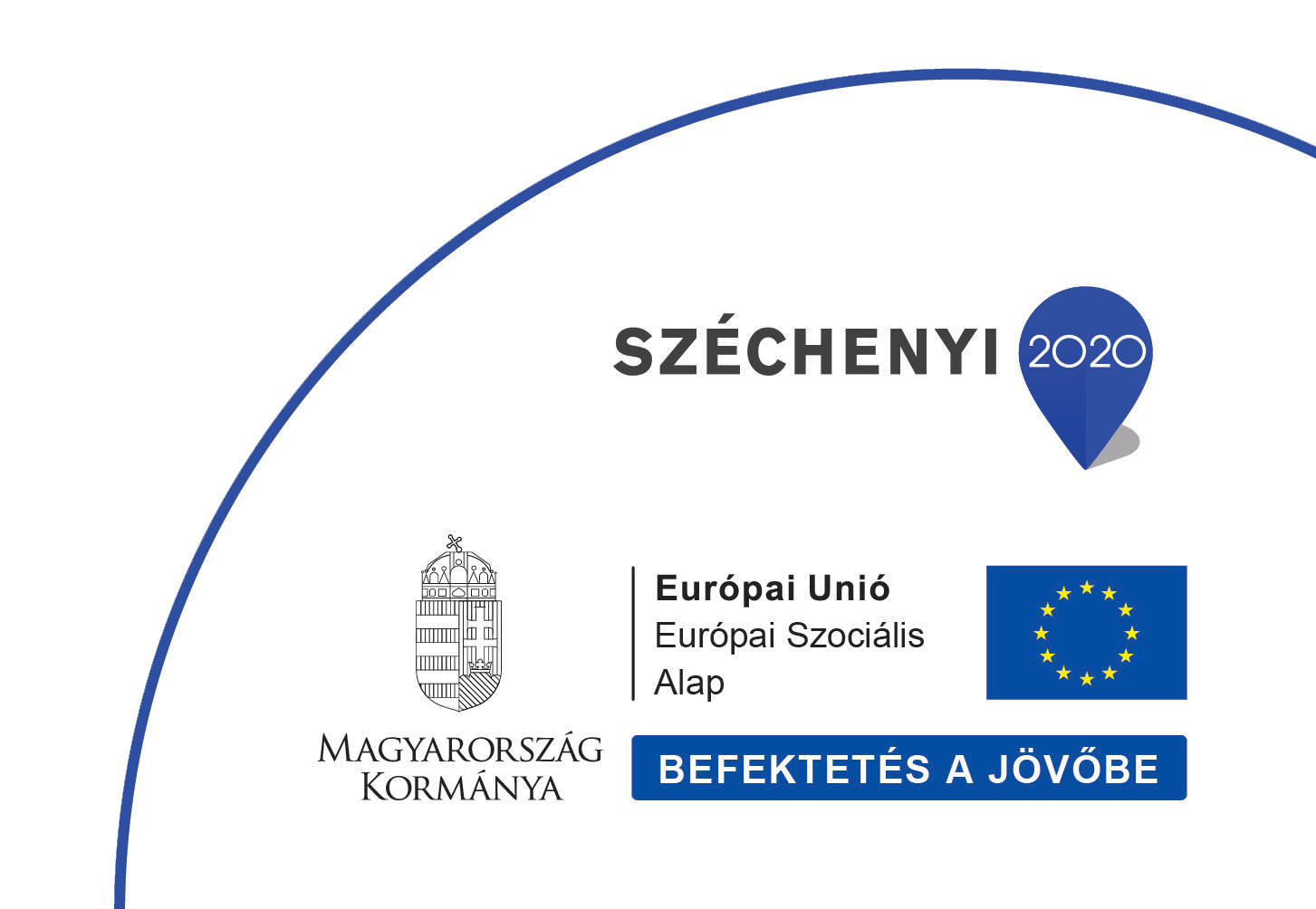Kérdésed van? Hívj minket: +36 30/861-5637
-
Riley Karlsen közzétett egy állapot frissítést 2 év, 9 hónap óta
what is cialis
viagrajupiter.com
In addition, to test the performance of our algorithm, we need to create a test model, which would load the trained server model to start training, with one client which we don’t use for training before. Despite that we don’t need the image data, a large number of text reports and structured labels could work perfectly for our purpose. The medications show some known risks that all men need to know about. In Fig. 5, we show a few results by choosing Atelectasis, Consolidation, Pneumonia and Lung Opacity as test task when evaluated by the AUC of ROC. Figure 5: Results of MIMIC-CXR v2.0.0 dataset: Plot of average AUC score of our PMFL algorithm, against without FL, original FL, MetaFL when choosing Atelectasis, Consolidation, Pneumonia or Lung Opacity as test task. Apparently, the knowledge from one task would possibly be useless or even malignant for another different task. Each function (f) is assigned to one or more anatomical structure (b). Table II shows this result more explicitly. POSTSUPERSCRIPT. It is worth noting that more complex graph structures could be constructed by using more large-scale medical textbooks. POSTSUPERSCRIPT and set batch size to be varied with respect to the size of local dataset in order to make sure that the number of batches for different clients would be identical, and the number of epochs is 10101010 .
At first, obviously, when training heterogeneous datasets from different clients, our PMFL algorithm consistently outperforms all three other cases by converging to higher AUCs with fewer epochs. In addition, The red line in the image denotes PMFL algorithm and it’s grossly thinner than the other three lines, especially after training a few epochs. By selecting different clients to be training tasks or test task, we compare our PMFL algorithm with three cases, which are training directly without any pretraining process, training with the pre-trained model from the original Federated Averaging Learning algorithm, and training with the pre-trained model from the MetaFL algorithm. Clients’ models are responsible for the local training, while the updating process in the server would result in the changes of our main model. With OCC, our goal is to construct a task, where the model can learn effectively on samples belonging to the majority class, while exhibiting a low recognition performance on samples belonging to the minority class. For all clients, 90% of the data would be used for training while 10% would be used for testing. Our proposed approach to develop an in-house model has two advantages (1) It can be used at inference time without the practical constraint of data de-identification and (2) It lends itself well to the aforementioned practitioner-in-the-loop setting.

